Wind as power is an old idea.
The ancient Egyptians sailed up and down the Nile with ships and barges. Later, windmills were used to grind grain or pump water to irrigate fields. Today, 18 percent of European electrical demand is satisfied by wind-spun blades powering turbines, each with magnets that dance around coils to create current.
I also have a history with wind power. In 2016, I wondered if offshore wind was here to stay, noting that it needed expensive oil to be economically viable: "With prices [per barrel of oil] now at just above $30, it would not be a stretch to assume that the environment for wind energy has shifted too."
But don't worry. In 2025, oil sits at just above $60 per barrel. Meanwhile, the global levelized cost per megawatt hour for offshore wind energy has fallen from $150 (or 15 cents per kilowatt hour (kwh)) in 2016 to $74 (or 7.4 cents per kwh) in 2023, according to BloombergNEF. That's as cheap as coal.
FADENRISS & OTHER CHALLENGES
A decade ago, pioneers like Senvion, with its 4,000 employees, were going bankrupt as orderbooks evaporated. The reason: Germany had slashed its offshore wind buildout goal by 25 percent – from 20 to 15 gigawatts – triggering what became melodramatically called the Fadenriss (literally "thread-ripping").
Projects like BARD Offshore 1 hemorrhaged money – €3 billion to build out just 400 megawatts – while Dutch, Norwegian and Danish competitors captured German market share with lower bids and more efficient operations.
Germans were reduced to chartering in foreign jack-up ships and floating cranes, working as subcontractors on projects they once would have led. (By the way, BARD's facility in Cuxhaven, Germany, still exists, but it's owned and operated by Titan Group, a Chinese company listed on the Shenzhen Stock Exchange.)
All of this was part of offshore wind's rough road to becoming a European and, in many ways, global endeavor. In 2021, I quoted Giles Dickson: "Offshore wind is no longer just about the North Sea. It's rapidly becoming a pan-European affair." My take was broader.
I anticipated that the changes would mean "more countries participating in the developing of offshore wind," and that there would be less reliance on subsidized, government-backed national champions. In other words, "the best companies will try to win bids everywhere" with "no guarantee … that German companies will be among them."
Amidst all of this, Russia invaded Ukraine in February of 2022. Europe's energy sector, which relied on Russian pipeline gas, underwent a rapid rearrangement. Sanctions against Russia meant that the cheapest, easiest source of fuel was unavailable.
Governments scrambled to keep their citizens warm and their industries running. To substitute Russian pipeline gas with American and Qatari liquefied natural gas (LNG), Europe began building 19 new regasification terminals, growing its capacity to import LNG from 160 to 350 billion cubic meters by 2030 – that's more gas than all of Europe actually uses.
In "Terminal Trouble," in the September/October 2024 edition of The Maritime Executive, I described this capacity glut and suggested it might lead to unprofitable and difficult choices later on.
NEW MEGAPROJECTS
But Europe hadn't fixed its reliance on foreign suppliers. Something fundamental still had to change. Renewable energy had previously been a speculative gamble on a green future. Now, it had the pedigree of being a geopolitical, strategic alternative to fossil fuel.
To this end, in 2023, countries along the North Sea pledged to install 120 GW of offshore wind capacity by 2030 – enough to make the 5 GW dip from the "thread-ripping" seem like a rounding error. In seven years, installed capacity would triple vis-à-vis the 34 GW currently in play. The E.U. is also fast-tracking a North Sea Wind Power Hub with a 70-150 GW capacity, which would grow to 180 GW by 2045 – "big, if true," as they say.
Such megaprojects will require a change in approach to grid infrastructure, though. It isn't enough to simply install a lot of new wind turbines: Their output needs to reach land. That will cost about €400 billion, according to the European Network of Transmission System Operators for Electricity (ENTSOE) – an incredible sum of money that does not even account for the upgrades that are already needed for the land-side power grid.
Electricity customers have struggled to absorb the grid expansion costs that have gone toward the 2.5 GW per year of new offshore capacity that were added, on average, during the past decade. Asking them to pay, until 2030, for 17.2 GW per year of new capacity seems tough.
Also, given the state of the European offshore sector, spiking demand for jack-up ships, floating cranes, barges, tugboats and dynamic positioning vessels by almost seven times without correspondingly increasing their supply is a recipe for price inflation.
If the public funding floodgates open again, as in the early 2010s, timing the market will become more important than ever for survival. Fortunes will be made and lost. Imagine multiple offshore wind park projects all bidding to charter one available jack-up ship, bidding up day rates; shipyards for specialized vessels booked years out; companies poaching each other's sailors and officers with generous salaries and bonuses.
So let's consider what it would mean to build nearly seven times more wind power than originally bargained for: more turbines, more foundations, more blades. Ports would need to build out terminals and reinforce piers to handle high-and-heavy cargo. Even more ships would be needed, most of which will still take years to launch. And the human capital: thousands of engineers, electricians, welders, sailors. Realistically, this equipment, these people are not in place yet, nor can they be in such a short timeframe.
EXPANDED GRIDS
A sober look at where we are right now gives few reasons for confidence.
Announced in January 2025, the European Commission will disburse €1.25 billion in CEF (Connecting Europe Facility for Energy) grants across 41 cross-border energy projects, 36 of which are studies.
"These are key projects to deliver affordable electricity for European companies and households," said Vasiliki Klonari, Director of Energy System Integration at WindEurope, a lobbying organization which advocates on behalf of the wind energy industry. "So far Europe only has one hybrid offshore wind farm. We need many more to build an integrated offshore grid."
But "the biggest investments are required to optimize and expand the national electricity grids," WindEurope noted. And indeed, there is no current path forward for the required buildout since the E.U., the European Investment Bank and the Member States have yet to develop a grid funding plan, even with so much at stake.
"If you aspire to the highest place, it is no dishonor to stop at the second, or even the third place," said Roman orator Cicero. And indeed, the 17.2 GW per year goal for offshore wind is far removed from the humbler 2.5 GW per year reality.
"STOP-AND-GO" POLICIES
This isn't about Europe's inability to build out its wind power. In fact, Europe is winning the overall wind race – which makes sense, given that it's directing immense public funding and interest toward that goal.
And this dysfunction isn't uniquely European. The U.S. installed just 4.2 GW of new wind energy capacity in 2024, according to the World Wind Energy Association. That was its worst performance in a decade with blame going to the Trump Administration for its renewable energy policy flip-flops.
It's true on both continents: stop-and-go doesn't just delay individual projects, it structurally harms industrial ecosystems that can take years to build up. And that is why Europe dominates a technology it cannot scale in its moment of need. Money can't fix a problem like that.
But if the money comes, few in shipping will complain.
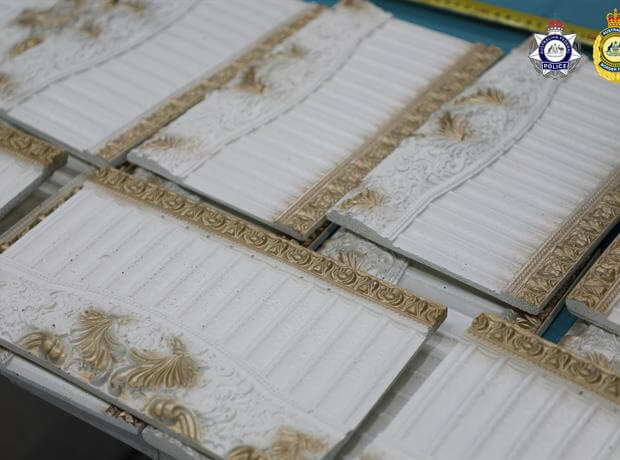
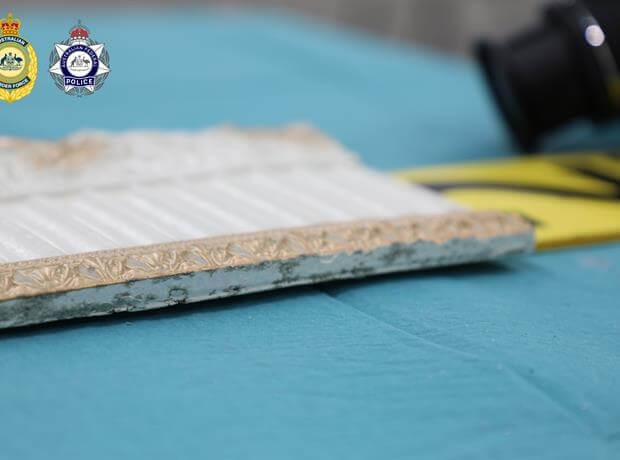
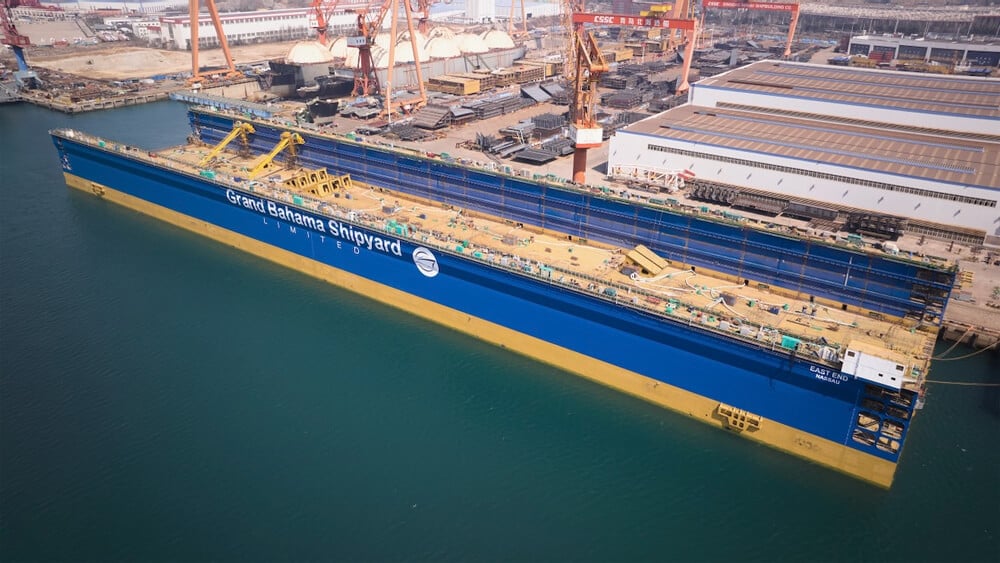
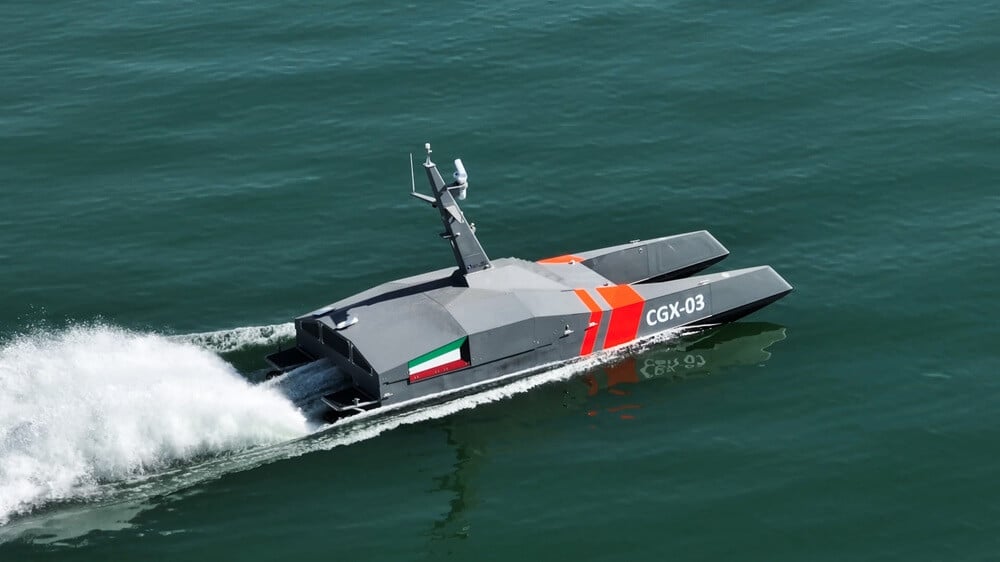
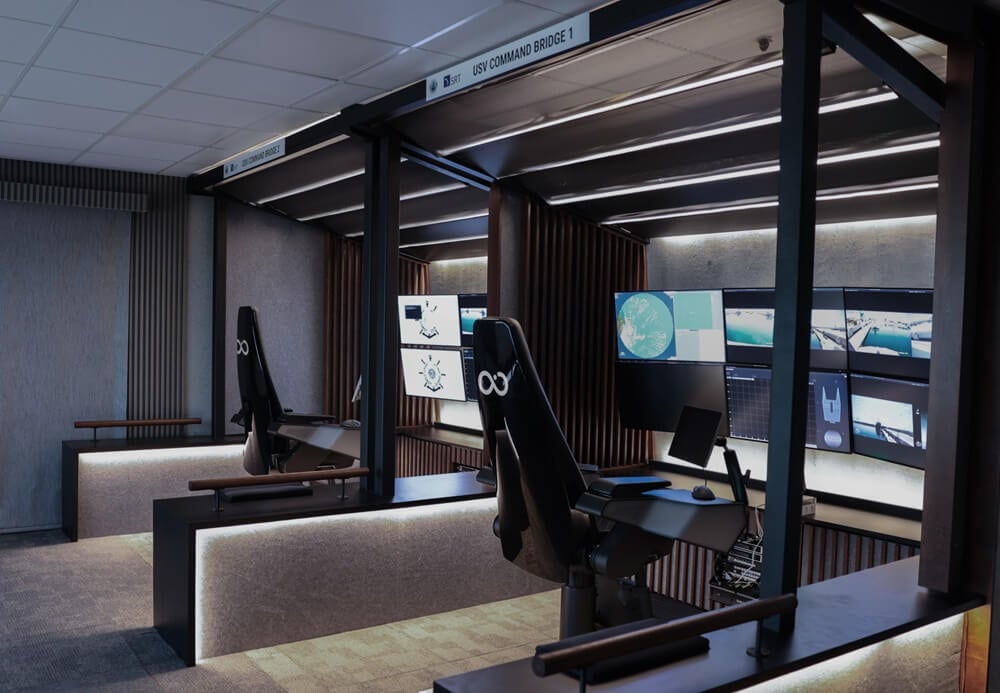 Courtesy Ocean Infinity
Courtesy Ocean Infinity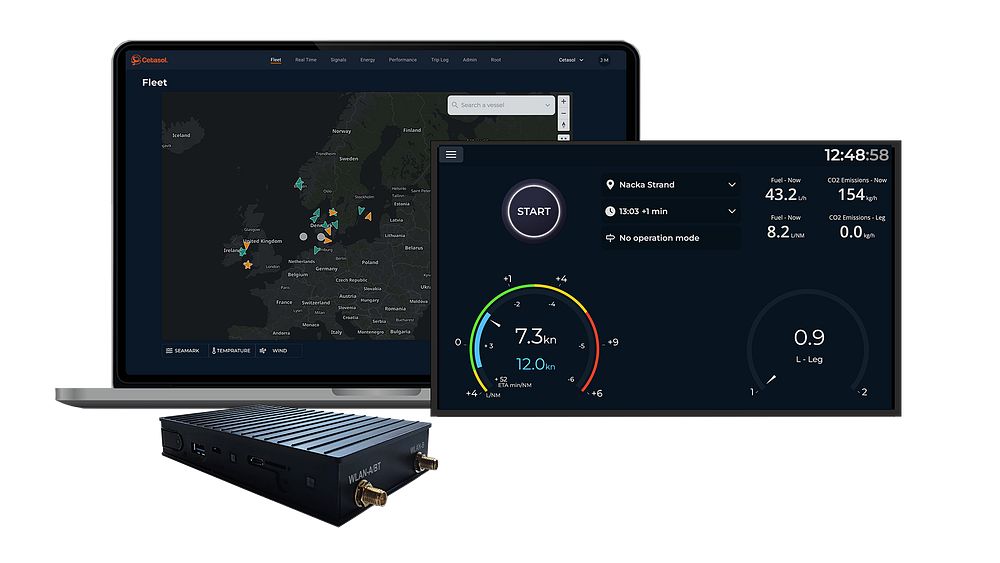
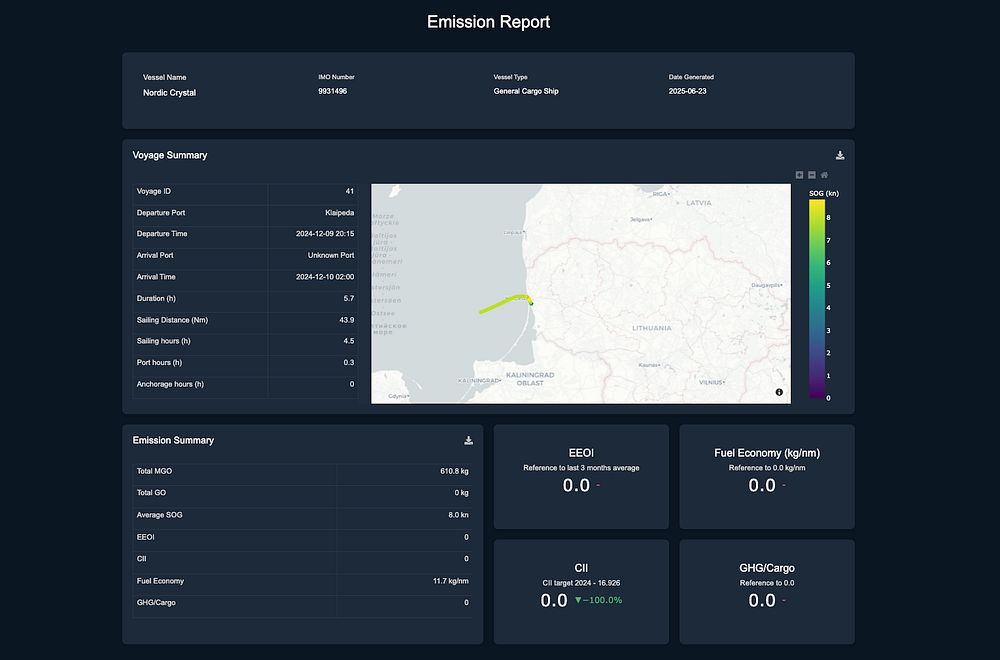
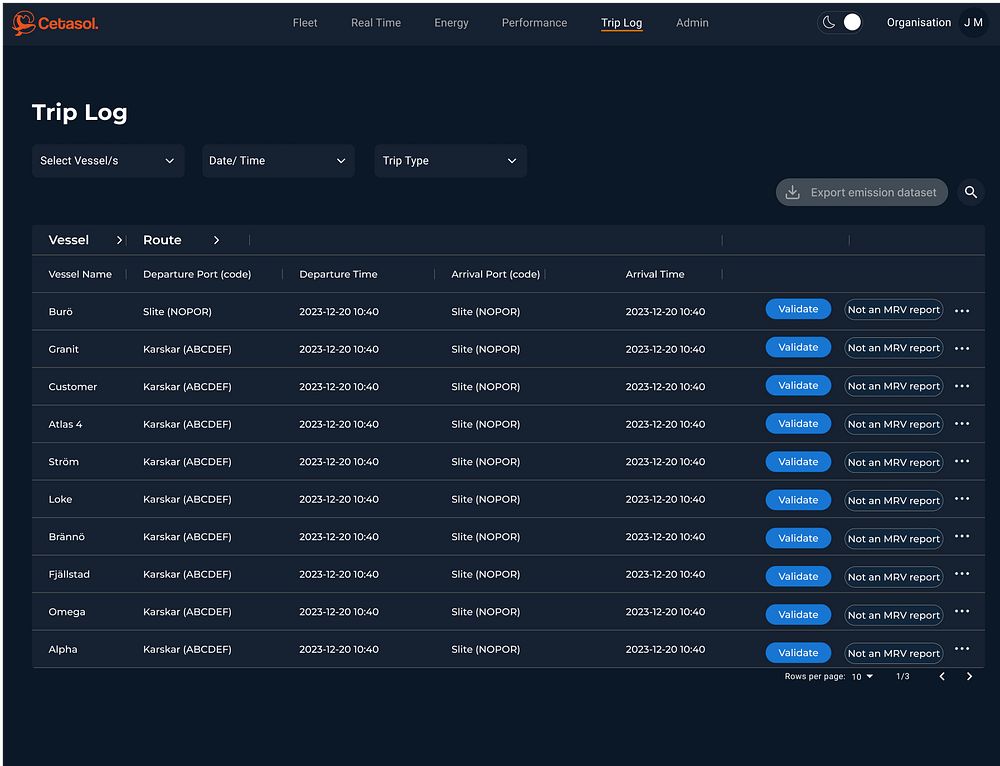
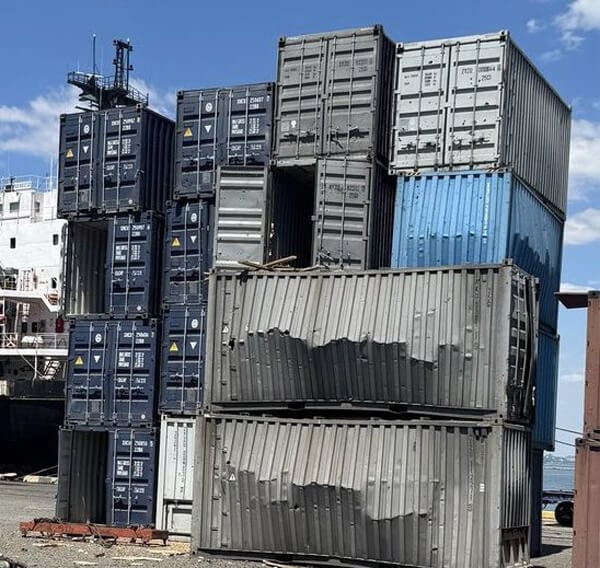
.jpg)